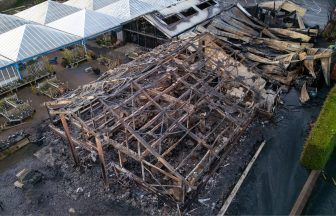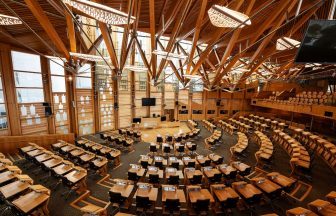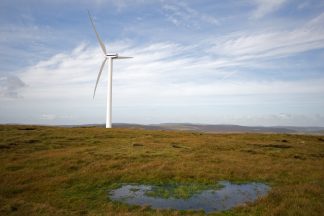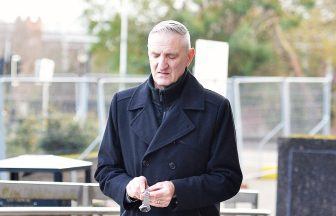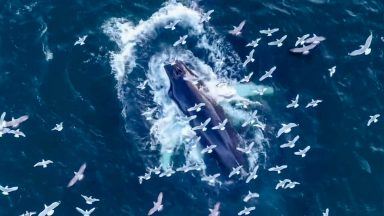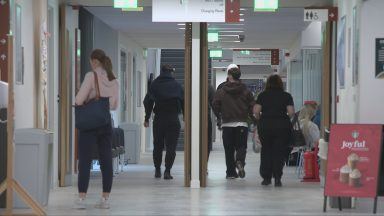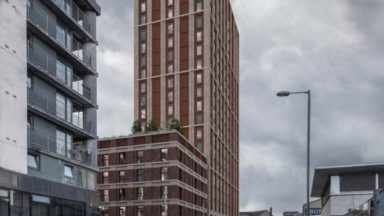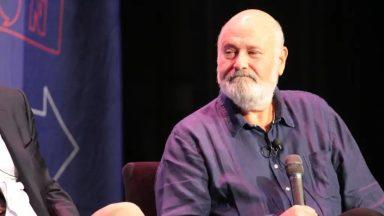A glass sculpture containing Antarctic air from the year 1765 will feature in a new immersive exhibition during the COP26 climate change conference.
Artist and sculptor Wayne Binitie will display newly commissioned artworks in the Polar Zero exhibition at the Glasgow Science Centre.
The Arts and Humanities Research Council (AHRC), has announced £101,302 funding for the project which will bring climate science, art and engineering together to explore the issue of climate change in new ways.
The exhibition is delivered in partnership with British Antarctic Survey (BAS), the Royal College of Art (RCA) and engineering and design company Arup.
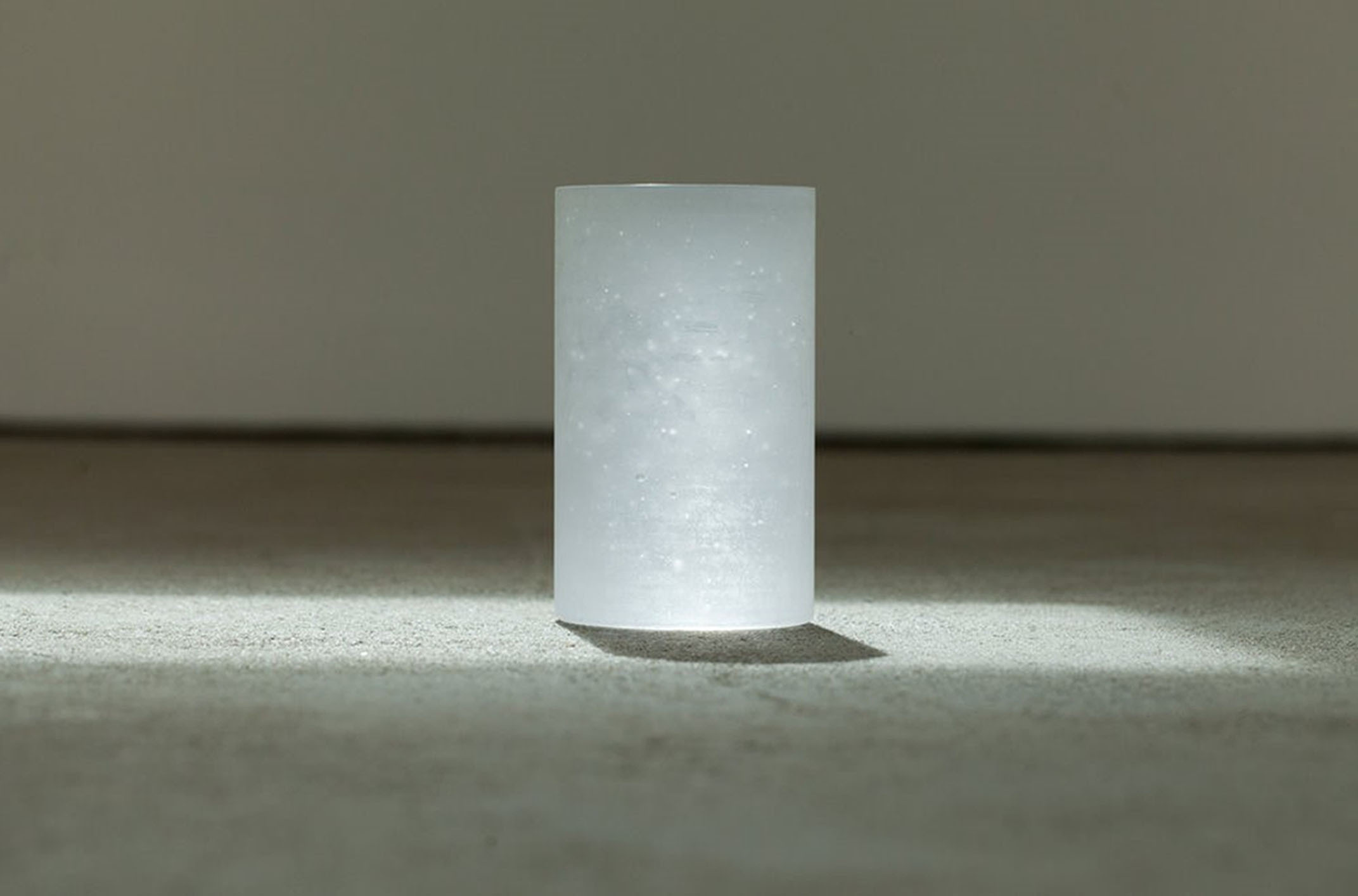 PA Wire
PA WireThe centrepiece of the show will be an original glass sculpture containing air from 1765, considered a pivotal moment for the industrial revolution, extracted from an Antarctic ice core containing tiny bubbles of air.
Binitie has spent the last five years collaborating with BAS scientists, who drill, analyse and preserve cylinders of ice from deep in the Antarctic ice sheet that record past climate change.
He said: “The exhibition comes at a time that seems more urgent than ever before, and asks what it means to touch and be in touch with the Earth.
“I hope the artworks mediate a powerful polar dialogue at both the individual and collective level, and that the exhibition provokes a renewed and deeper awareness of the glacial past, present and future.”
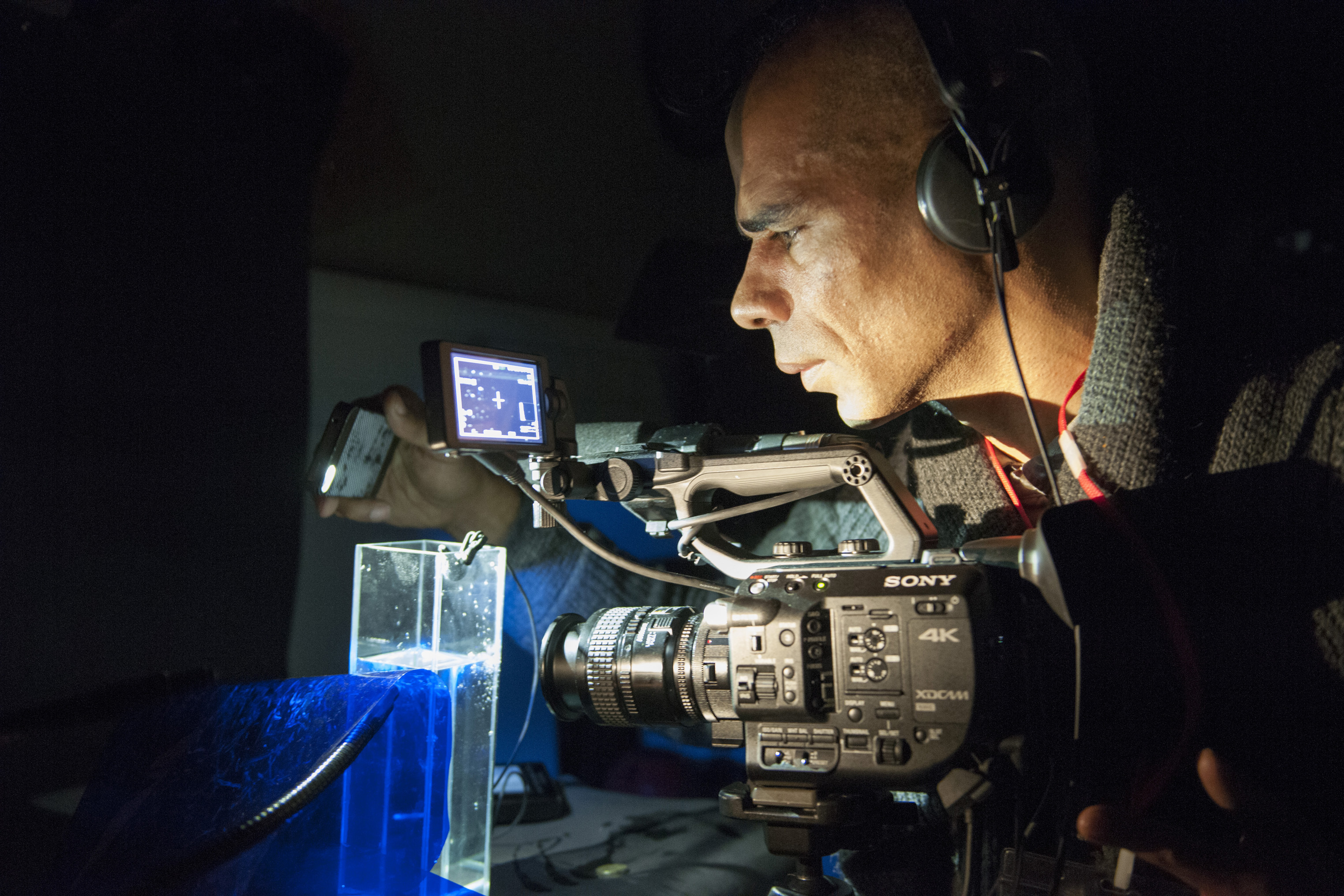 PA Wire
PA WireBAS ice core scientist Dr Robert Mulvaney said he hopes the sculpture, using an air sample from 170 meters deep in the ice, will spark people’s imagination.
He said: “Ice cores are the only place on Earth you can still find old air. There are lots of things that capture climate change, things like tree rings, peat bogs, corals, they all remember climate change in their structure or their chemistry.
“Ice does the same, it remembers climate change in the way that the wood molecules, the exact isotopic composition of the water molecules in ice remember climate change, so we can get climate change very easily from a number of things, we can get it from ice as well.
“But the thing that’s really absolutely critical about ice cores is that there are these little tiny bubbles of air trapped in the ice that are the actual atmosphere from the past.”
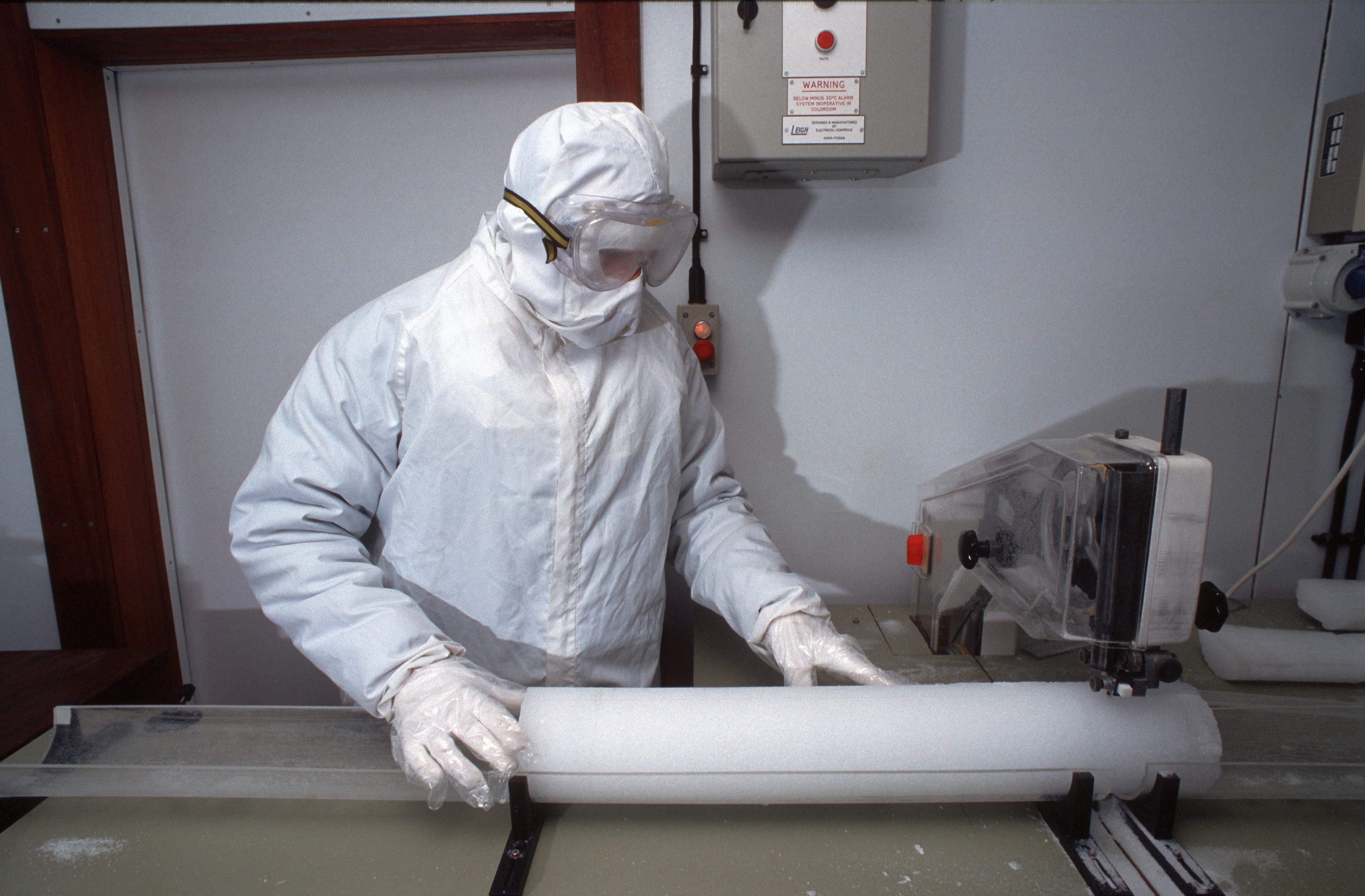 PA Wire
PA WireThe year 1765 is considered a pivotal point as that was when James Watt made efficiency improvements to the steam engine, helping to drive the industrial revolution.
Dr Mulvaney said ice core analysis shows that in around 1765, the atmosphere was 280 parts of carbon dioxide per million, which had been pretty constant for about 10,000 years.
But from that point the level of carbon dioxide started to increase, and the average in the atmosphere in May this year was 419 parts per million.
The “technically challenging” sculpture will be created in collaboration with the BAS ice core labs and Arup’s advanced engineering capability.
The entire creation process will be captured on video and will be accessible online.
The exhibition will also feature other work involving similar themes.
Polar Zero opens at Glasgow Science Centre in September and will be on display during the UN Cop26 climate conference in November.
Professor Christopher Smith, AHRC executive chairman, said: “When the arts and the sciences come together, they have the power to stir something inside of us and inspire lasting change.”
Binitie is an AHRC-funded PhD student at the RCA.
Dr Paul Thompson, vice-chancellor of the RCA, said: “Wayne Binitie’s time capsule of the Earth’s atmosphere from the year 1765 captures all the magical curiosity of an insect fossilised in amber.
“A pre-industrial world, frozen in glass, provokes powerful emotions and demands a call to action from delegates at COP26.”
Follow STV News on WhatsApp
Scan the QR code on your mobile device for all the latest news from around the country


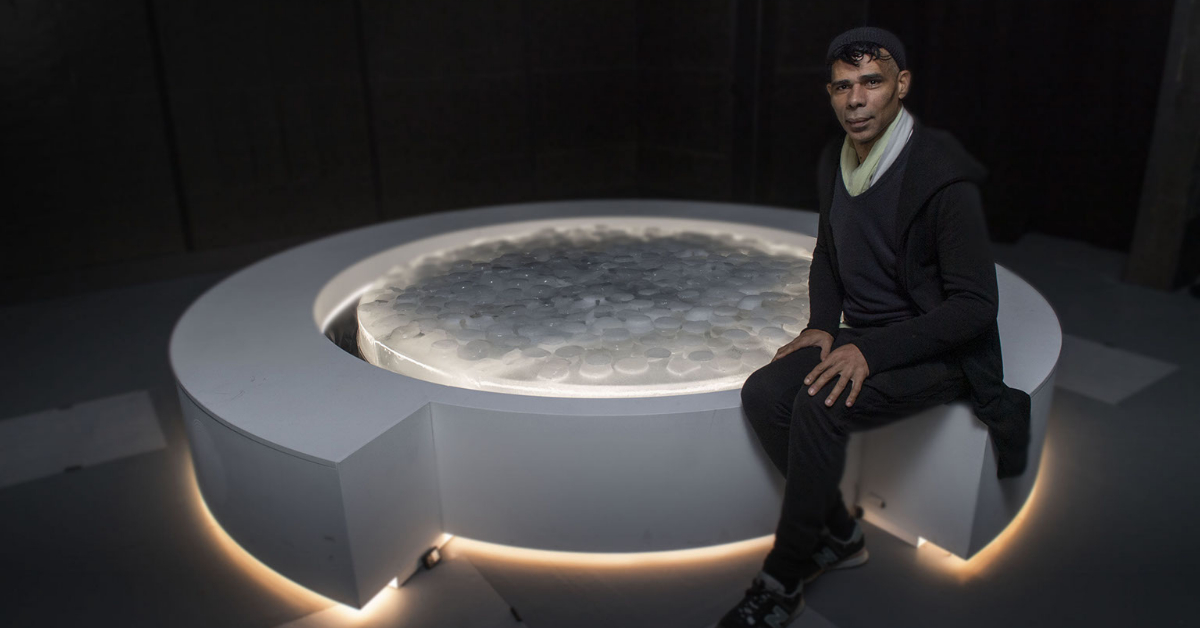 PA Wire
PA Wire

